The most common “gold tetra” in the trade comes from Colombia and is generally traded under a false name. It can be found in the trade up and down the country for little money under the name Hyphessobrycon eos (sometimes also as Hemigrammus eos). The species Hyphessobrycon eos actually exists, but it is not kept in the aquarium. H. eos Durbin, 1909, originates from Guyana and there are currently no significant exports from there; we don’t even have any photos of H. eos in our huge picture archive. Too bad, because Jonathan Armbruster has published a picture of the species in Flickr, which shows a very pretty fish (https://www.flickr.com/photos/jonarmbruster/15464514263/).
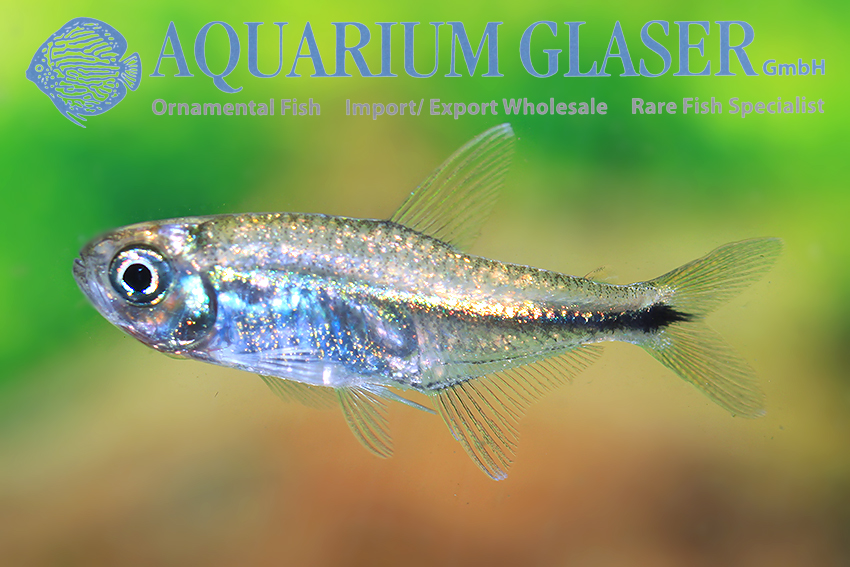
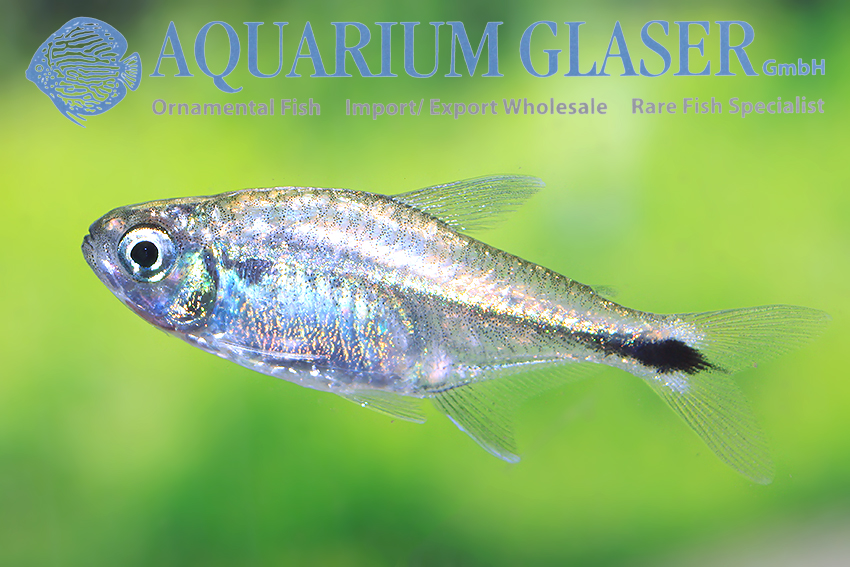
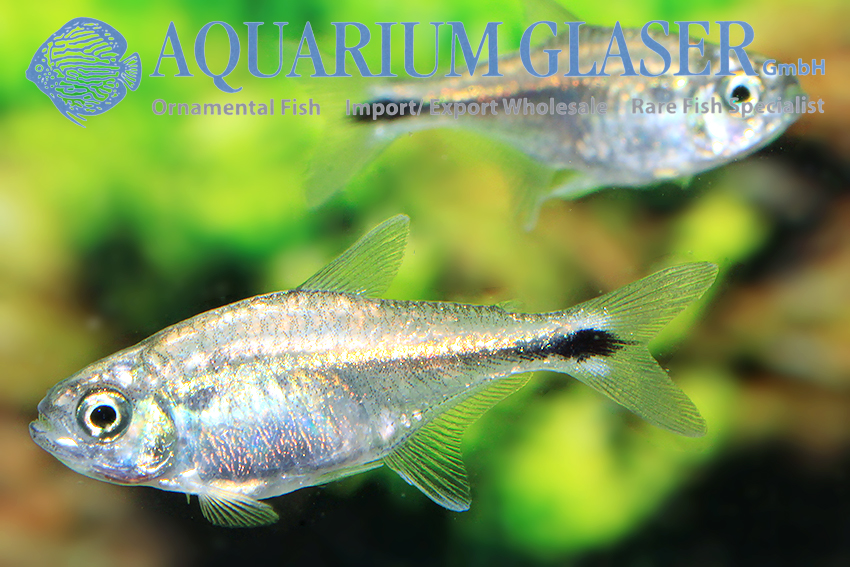
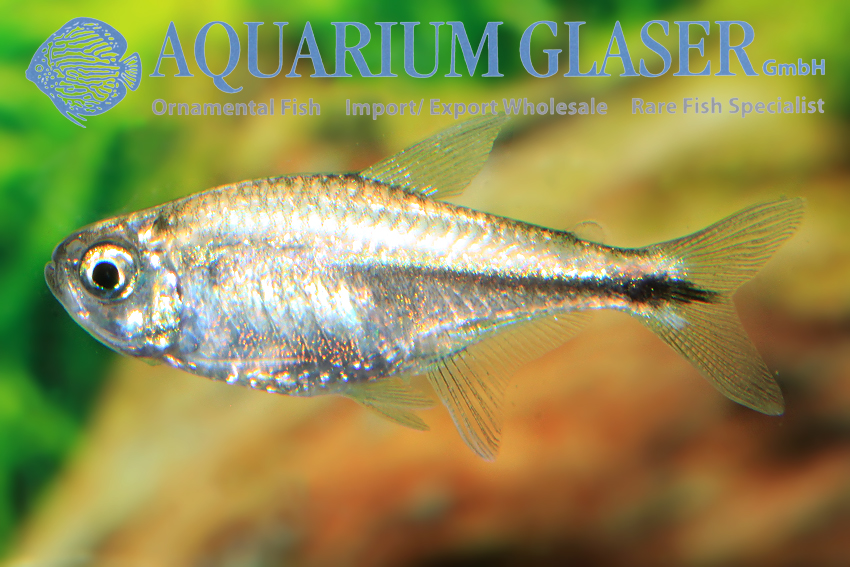
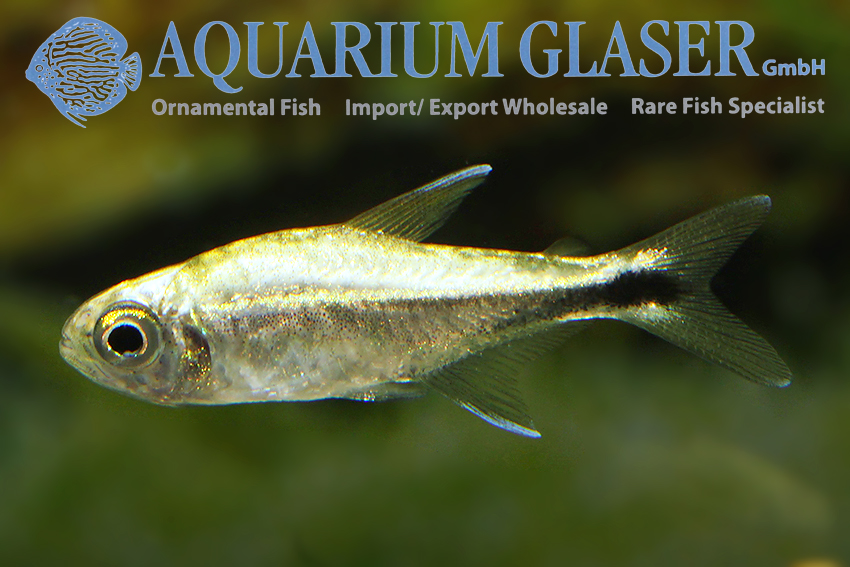
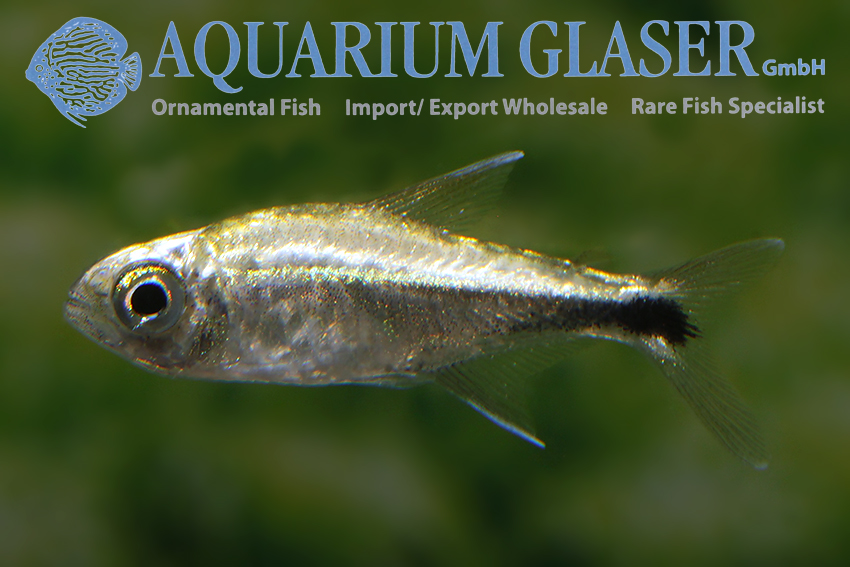
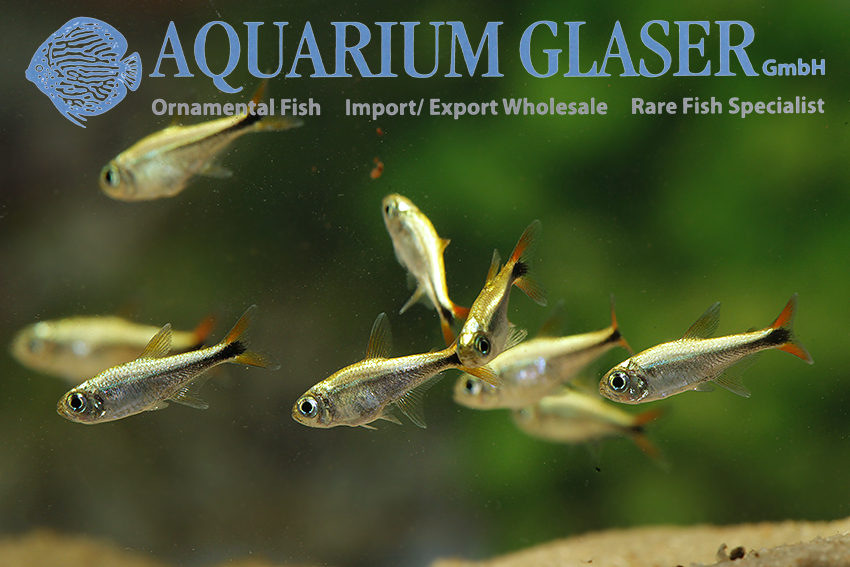
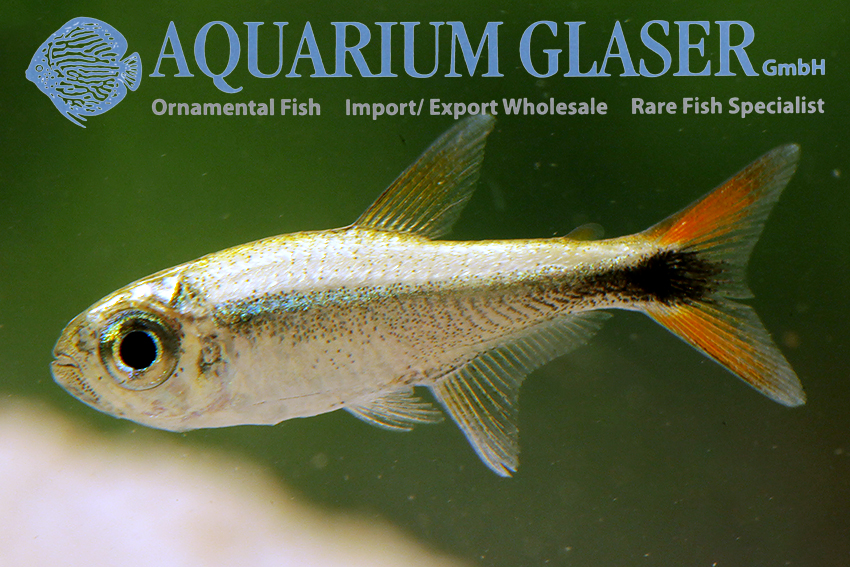
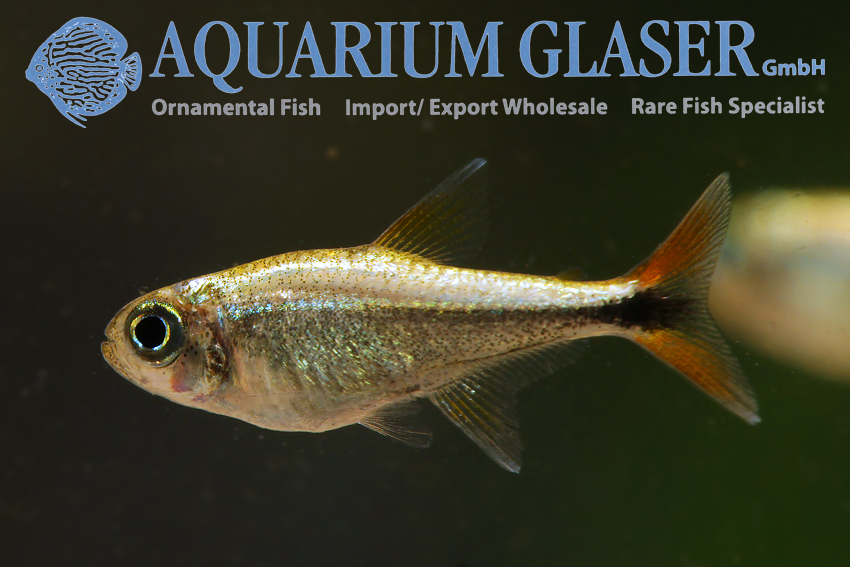
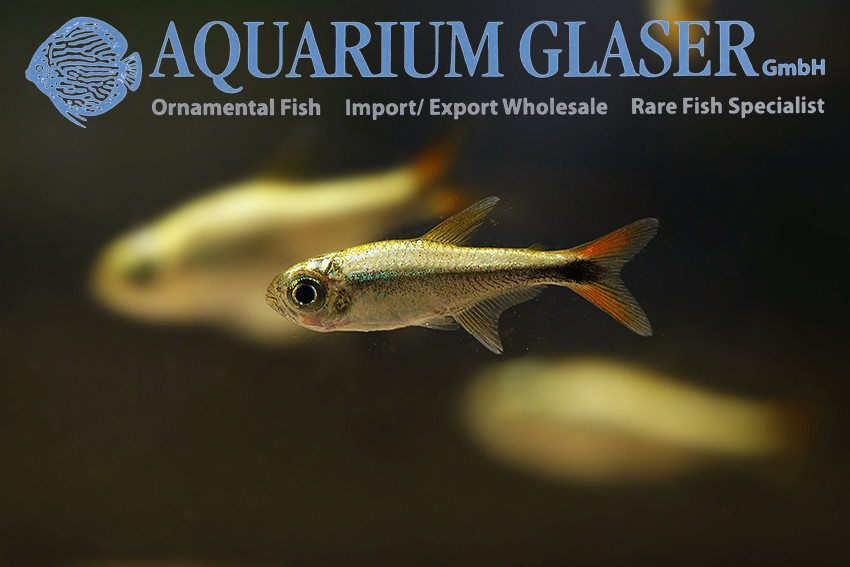
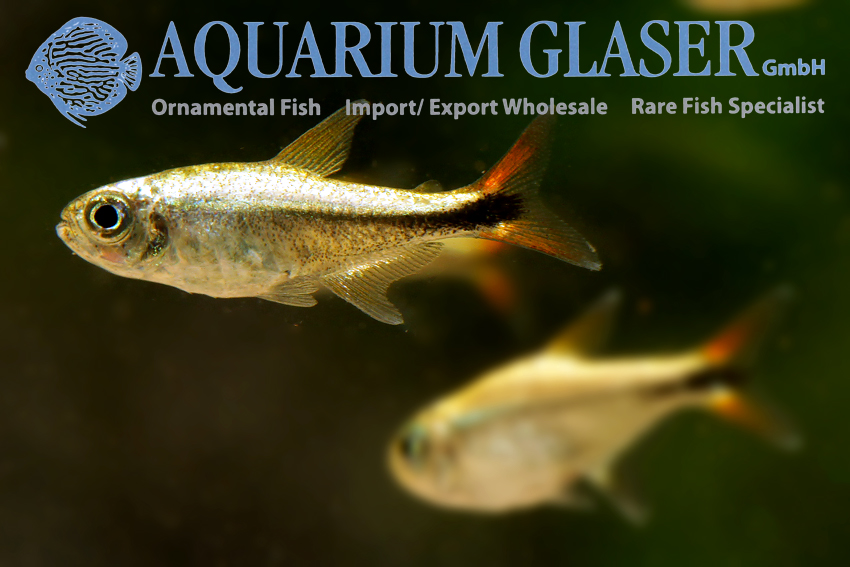
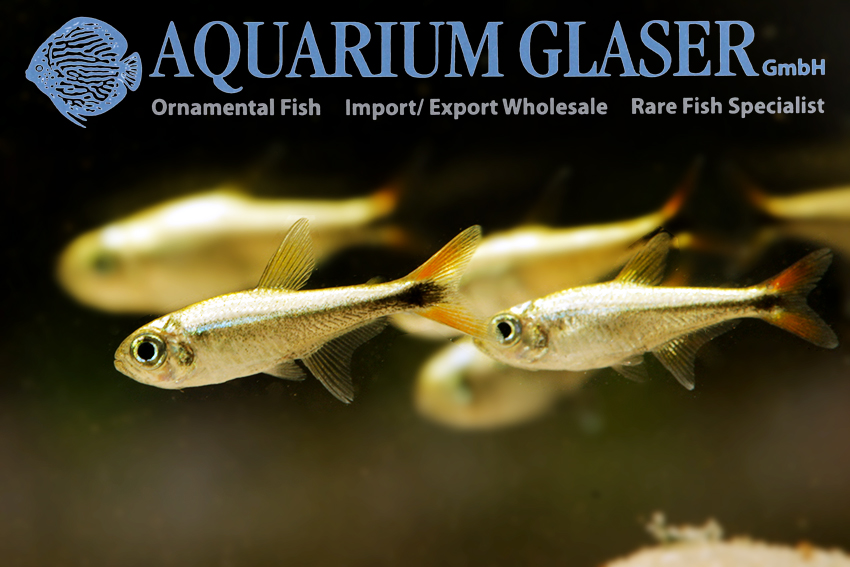
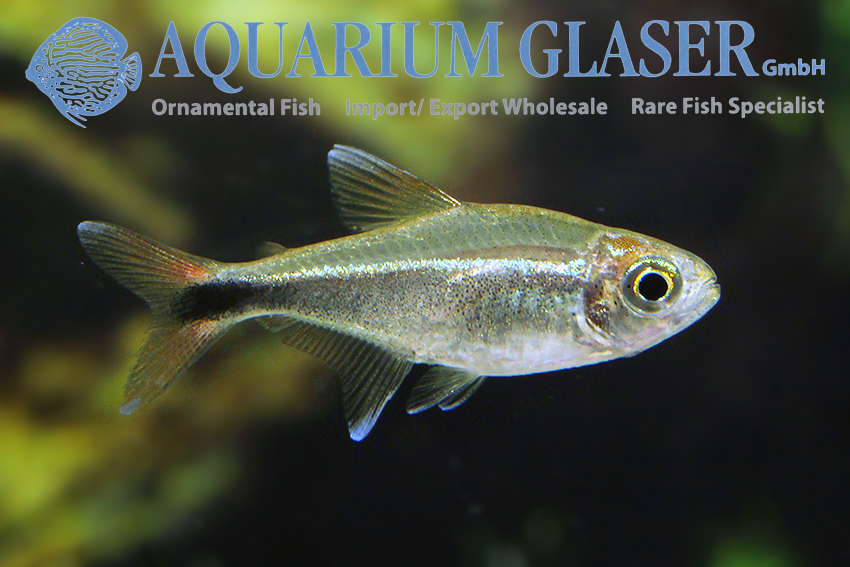
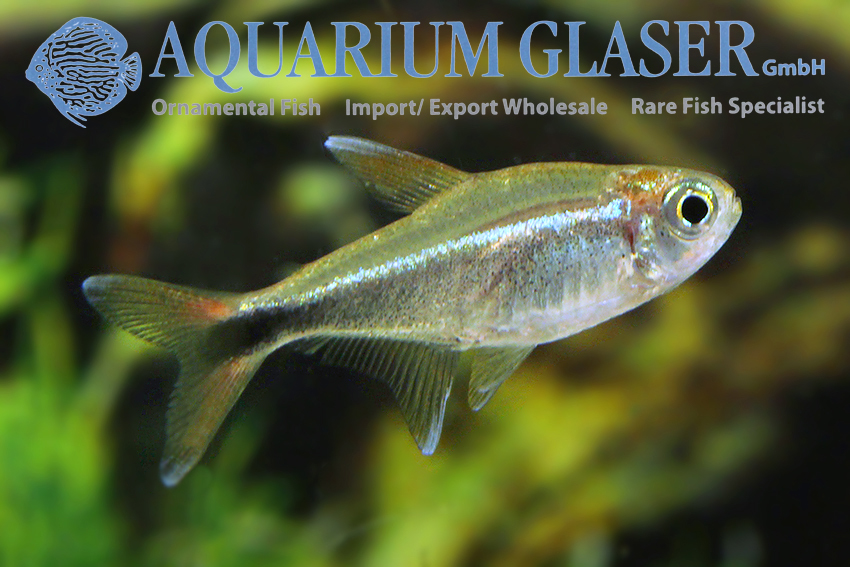
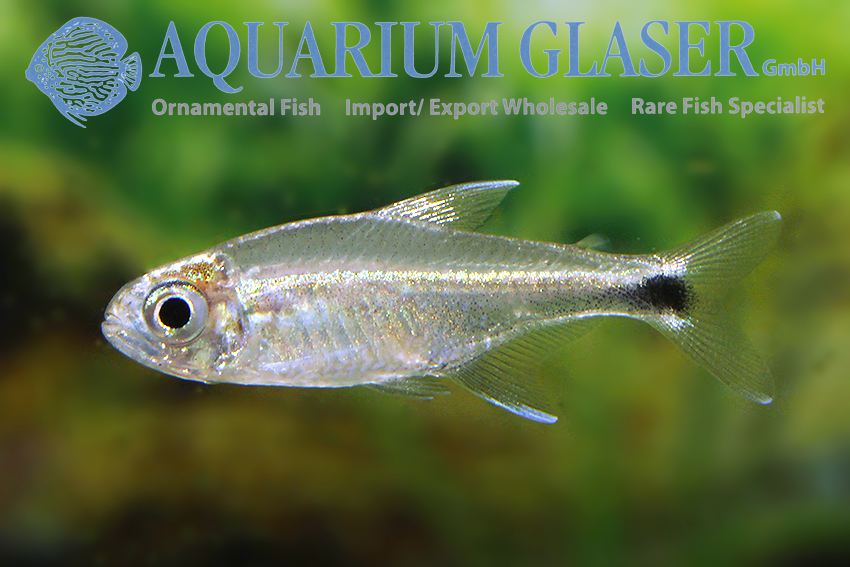
Be that as it may, the gold tetra imported from Colombia (and sometimes also from Venezuela and Peru) is Hyphessobrycon saizi, as Axel Zarske found out. The golden sheen is caused by the increased release of the pigment guanine in the skin, which is caused by infection with worm larvae. The fish are only intermediate hosts for the worms. The fish become infected by eating infectious bird droppings. If this happens, the worm larvae migrate into the muscles of the fish, where they encapsulate. Basically, even if it sounds disgusting, this is harmless and the infected fish live – at least in the aquarium – just as long as their non-infected conspecifics. However, their striking golden coloration attracts the increased attention of fish-eating birds – the final hosts of the worms. If a golden tetra is eaten by a bird, the encapsulated worm larvae hatch in its intestine and develop into a sexually mature worm. These produce large quantities of eggs, which are excreted in the bird’s feces – and the game starts all over again.
This explains why golden tetras are always wild-caught in the trade. Offspring of golden tetras are invariably normal-colored and there is no interest in wild-colored Hyphessobrycon saizi in the hobby; we only show also pictures of the non-gold-colored form here for informal reasons. With a maximum size of around 2.5- 3 cm, Hyphessobrycon saizi fits perfectly into any well-maintained community aquarium. It is a typical companion fish of the Colombian red neon in the wild and is a perfect contrast fish to this species. Younger specimens of the Colombian golden tetra in particular have more or less intense red tail fins, which looks very pretty. Unfortunately, this fades somewhat with age. The golden sheen, on the other hand, remains for life.
Literature:
Eigenmann, C. H. (1912): The freshwater fishes of British Guiana, including a study of the ecological grouping of species, and the relation of the fauna of the plateau to that of the lowlands. Memoirs of the Carnegie Museum v. 5 (no. 1): i-xxii + 1-578, Pls. 1-103.
Zarske, A. (2013): Hyphessobrycon saizi Géry, 1964 – der Kleine Silbersamler, seit Jahren inkognito. Aquaristik Fachmagazin 229 (Februar/März 2013): 42-46
Text & photos: Frank Schäfer




